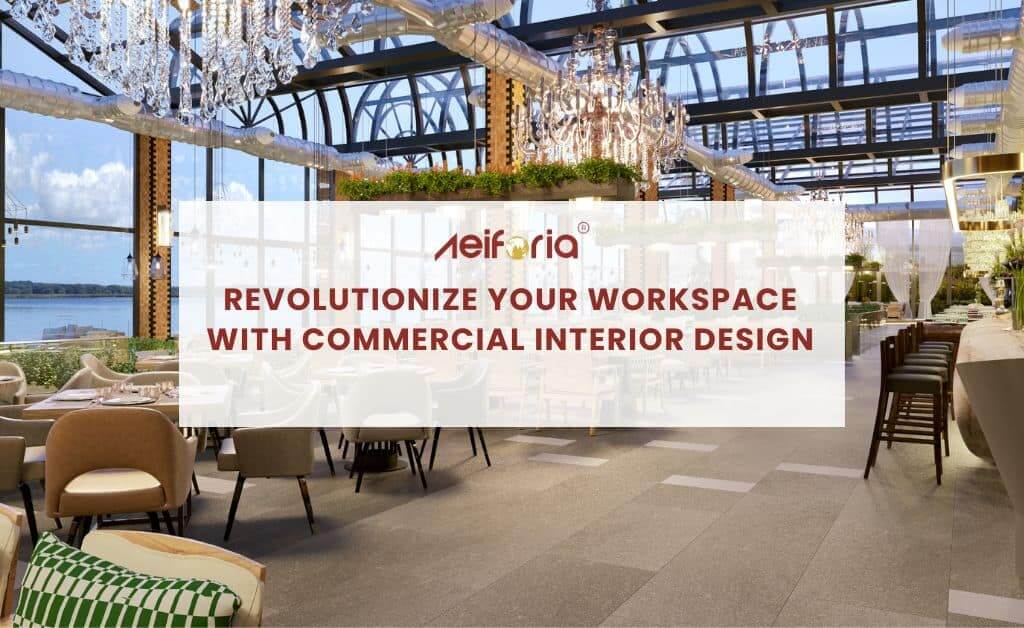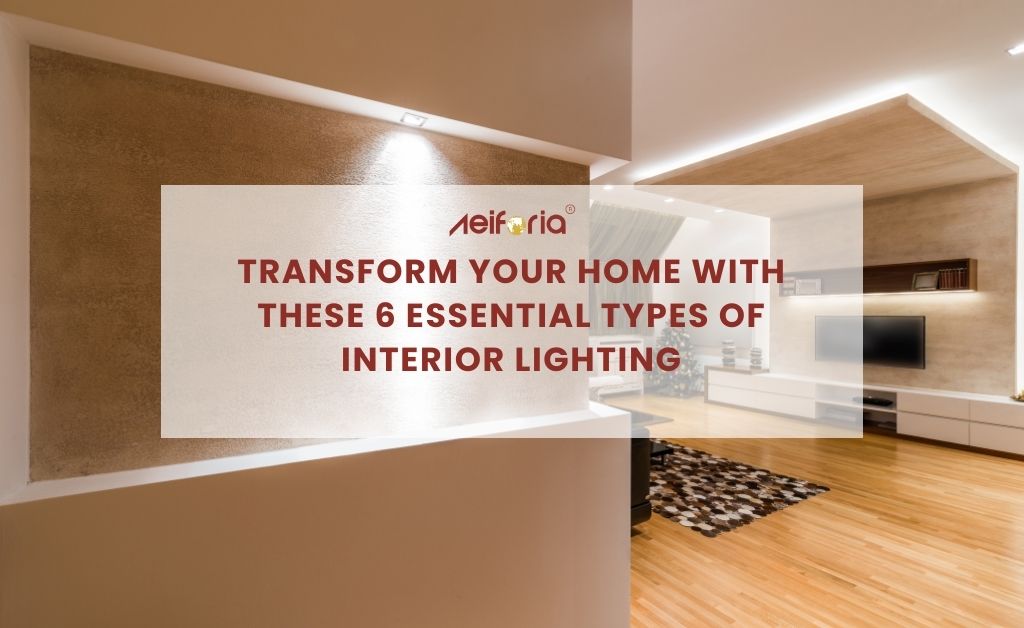
Commercial Interior Design
Interior Design for Commercial Spaces
As a business owner or manager, your commercial spaces' appearance and interior design can significantly impact your company's success. A well-designed commercial space looks attractive and can increase productivity, enhance employee morale, and create a positive impression on customers. In this article, we'll discuss the ins and outs of interior design for commercial spaces, including its purpose, the role of commercial interior designers, and best practices for creating a thriving commercial space.
What is Commercial Interior Design?
Interior design for commercial spaces creates functional and aesthetically pleasing spaces for business purposes. This can include designing spaces for retail, hospitality, healthcare, corporate, and other commercial settings. The main objective of interior design for commercial spaces is to create aesthetically pleasing environments that support efficiency, comfort, and safety.
Identifying the Purpose of Your Commercial Interior Design
The first step in designing a commercial space is to identify its purpose. This will help to guide the design process and ensure that the area meets the needs of the business.
Determine the Function of the Space
The first thing to consider is the function of the space. Will it be an office, a retail store, a restaurant, or a hotel? Each of these spaces has different requirements and needs to be designed accordingly.
Identify the Target Audience
Next, it's essential to identify the target audience for the space. For example, who is the target customer if the area is a retail store? What are their preferences and needs? This information can inform the area's design and produce a warm and inviting ambiance for the target audience.
Consider the Brand Identity
The commercial space design should also be consistent with the business's brand identity. This includes the colors, materials, and overall aesthetic of the space. A well-designed space consistent with the brand identity can reinforce the business's brand and attract customers.
Think About the User Experience
The user experience is an important consideration when designing a commercial space. This includes the flow of the area, the ease of navigation, and the users' comfort. Considering the user experience, a well-designed space can increase customer satisfaction and loyalty.
Consider Sustainability
Sustainability is becoming increasingly important in commercial interior design. This includes using eco-friendly materials and incorporating energy-efficient lighting and HVAC systems. A sustainable design can benefit the environment and save the business money on energy costs.
What Do Commercial Interior Designers Do?
Interior designers for commercial spaces are responsible for creating functional and aesthetically pleasing spaces for business purposes. This can include everything from designing the layout and flow of the area to selecting furniture, lighting, and decor. Commercial space interior designers also work closely with contractors, architects, and other professionals to ensure the design meets all safety and building code requirements.
Commercial interior designers perform various tasks during the design process, including space planning, color selection, furniture selection, lighting design, and material selection. They also work closely with clients to understand their needs and goals and create a plan that meets them while staying within budget and time constraints.
Working with a professional commercial space interior designer can ensure that your space is designed to meet your needs and exceed your expectations. A professional designer can help you save time and money by avoiding costly mistakes and ensuring the design is executed efficiently and effectively.
Who Actually Uses Commercial Space Interior Design?
A wide range of industries and businesses use commercial Space interior design services. Some of the most common include:
- Retail: Retail businesses use commercial interior design services to create visually appealing and functional spaces that encourage customers to purchase. A well-designed retail space can increase sales and improve the overall shopping experience for customers.
- Hospitality: Hotels, restaurants, and other hospitality-related businesses use commercial space interior design services to create welcoming and comfortable spaces for guests. A well-designed hospitality space can enhance a company's brand image and increase customer satisfaction.
- Corporate: Corporations use commercial interior design services to create efficient and productive workspaces for their employees. A well-designed corporate space can help improve employee morale and productivity while enhancing the business's brand image.
- Healthcare: Healthcare facilities use commercial interior design services to create calming and comfortable environments for patients and staff. A well-designed healthcare space can improve patient outcomes and increase employee satisfaction.
- Education: Educational institutions use commercial space interior design services to create engaging and inspiring learning environments for students. A well-designed educational space can improve student outcomes and increase student engagement.
Difference Between Residential and Commercial Interior Design
While there are some similarities between residential and commercial interior design, there are also some key differences. Residential interior design is focused on creating comfortable and personalized spaces for individuals or families. In contrast, commercial space interior design is focused on creating functional and efficient spaces for businesses and organizations.
Commercial interior design also tends to focus more on the business or organization's needs. In contrast, residential interior design focuses more on the needs and based on preferences of the individual or family.
The Phases of Commercial Interior Design
The commercial space interior design process typically consists of several phases, including:
- Programming and analysis: This phase involves gathering information about the project, including the client's needs and goals, budget, and timeline.
- Conceptual design: This phase involves creating initial design concepts based on the information gathered in the programming and analysis phase.
- Design development: This phase involves refining the design concepts and selecting materials, colors, and finishes.
- Construction documentation: This phase consists in creating detailed drawings and specifications that will be used by contractors and other professionals to implement the design.
- Construction administration: This phase oversees the construction process to ensure the design is implemented correctly and on time.
Best Practices for Successful Interior Design for Commercial Spaces
Here are some best practices for creating a successful commercial space:
- Prioritize function: Your commercial space's design should focus on process and efficiency. The area should be designed to meet the specific needs of your business or organization.
- Create a welcoming environment: Your commercial space should be welcoming and inviting to customers and employees. This can be achieved through warm colors, comfortable seating, and inviting lighting. The space layout should also be designed to make it easy for customers to navigate and find what they need.
- Use lighting effectively: Lighting is an essential aspect of commercial interior design. It can highlight certain areas of the space, create a specific mood or ambiance, and even improve employee productivity.
- Choose durable materials: Commercial spaces are often subject to heavy foot traffic and wear and tear. Choosing materials that are durable and can withstand regular use is essential.
- Consider sustainability: Sustainable design practices can help reduce environmental impact and save on energy costs. Consider using eco-friendly materials and implementing energy-efficient lighting and HVAC systems.
- Work with professionals: Hiring a professional commercial interior designer can help ensure your design project succeeds. They have the expertise and experience to create a functional, aesthetically pleasing space that meets your needs.
Measuring the Success of Your Interior Design Project
Once your commercial interior design project is complete, measuring its success is essential. There are various ways to do this, including:
- Customer feedback: Ask customers for their feedback on the design of your commercial space. This can provide valuable insight into how the space is perceived and whether any improvements can be made.
- Employee feedback: Similarly, asking employees for feedback can provide insight into how the space's design impacts their productivity and job satisfaction.
- Sales and revenue: Track sales and revenue to see if there has been an increase since the redesign. This can serve as a useful measure of the project's success.
- Energy savings: If you implemented sustainable design practices, track energy savings to see if they are meeting your expectations.
Conclusion
Interior design for commercial spaces is crucial to creating functional and aesthetically pleasing spaces for business purposes. Working with a professional commercial interior designer can ensure that your area is designed to meet your needs and exceed your expectations. By understanding the purpose and goals of your commercial space and considering the various factors that need to be considered during the design process, you can create a functional and visually appealing space.
FAQs
Can sustainable design practices really save me money?
Yes, sustainable design practices can help save energy costs and reduce environmental impact, resulting in long-term cost savings.
What should I expect during the commercial interior design process?
During commercial interior design, you can expect to work closely with your designer to identify your needs and goals, select design elements, and review plans and strategies. Your designer will also work closely with contractors and other professionals to ensure the design is executed efficiently and effectively.
How much does commercial interior design cost?
The cost of commercial interior design can differ based on multiple factors, such as the project's size and complexity, the materials and design elements employed, and location. Getting a detailed estimate from your designer before beginning the project is essential.
Can commercial interior design help to increase sales or productivity?
Yes, a well-designed retail space can increase sales or productivity by creating an environment conducive to these goals. By considering factors such as lighting, color, and layout, commercial interior designers can help create functional and visually appealing spaces.
How do I find a good commercial interior designer?
When searching for a good commercial interior designer, it's essential to consider their experience, completed projects, and client reviews. Aeiforia is a highly recommended firm known for their innovative designs and attention to detail. They offer various services, including design consultation, project management, and construction administration, to ensure that your commercial space meets your unique needs and exceeds your expectations. Feel free to contact Aeiforia so they can help you elevate your business with exceptional interior design.






